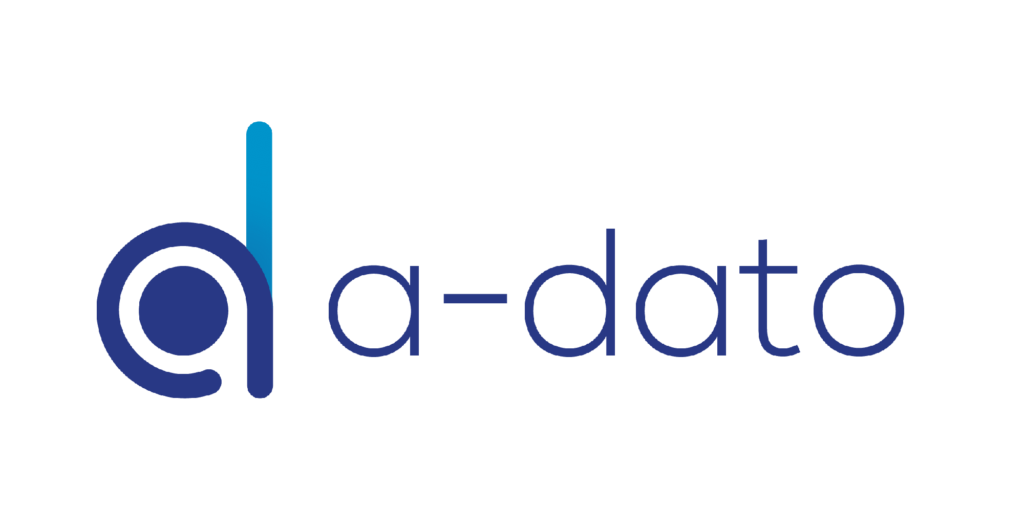Have you ever waited until the last minute to start an assignment or project, even though you had weeks to get it done? If so, you’ve experienced what’s known as Student Syndrome. This term, coined by Eliyahu M. Goldratt in his book “Critical Chain,” describes the common human behavior of delaying the start of tasks until the deadline looms dangerously close. While the name might suggest it’s limited to students, this procrastination phenomenon is widespread in professional settings, affecting project outcomes and productivity.
Understanding Student Syndrome
Student Syndrome isn’t just about laziness or poor time management; it’s deeply rooted in our response to deadlines. People tend to wait to start tasks until the pressure of a deadline forces them to act. This behavior can lead to rushed work, stress, and often, mediocre outcomes. It’s particularly problematic in project management, where time is often the essence, and quality can’t be compromised.
The Impact on Projects and Productivity
In the context of Theory of Constraints (TOC) and Critical Chain Project Management (CCPM), Student Syndrome can significantly derail project timelines and efficiency. CCPM, an application of TOC, highlights how this syndrome affects resource allocation and project timelines:
- Deadline Dependence: Waiting until the deadline approaches can cause a bottleneck in project stages, as last-minute work often requires re-prioritization of resources and tasks.
- Quality and Stress: The rush to meet deadlines typically results in compromised quality and increased stress, which can affect overall project health and team morale.
- Resource Inefficiency: Projects often face resource strain during the final stages because of accumulated delays, leading to overtime and increased costs.
Strategies to Mitigate Student Syndrome
Goldratt’s CCPM provides practical strategies to counteract Student Syndrome, emphasizing planning and execution improvements:
- Staggered Deadlines: Implementing multiple, staggered deadlines for different parts of the project can help maintain a steady workflow and prevent bottlenecks.
- Buffer Management: CCPM introduces buffers to protect the project timeline against delays. These buffers absorb the variability in task completion times without affecting the final delivery date.
- Early Task Engagement: Encouraging team members to engage with tasks well before their deadlines can help ensure a more balanced workload and reduce the end-of-project rush.
- Visibility and Accountability: Making the consequences of delays clear and establishing peer accountability can motivate team members to adhere to schedules.
Applying These Lessons Beyond Project Management
The principles derived from TOC and CCPM can also be beneficial in academic settings and personal productivity. By understanding how delays can impact larger goals and learning to manage time effectively, students and professionals can improve their performance and reduce stress. This approach promotes a more proactive and controlled handling of tasks and projects.
Conclusion
Student Syndrome is a pervasive issue that can lead to inefficiencies and stress in both educational and professional environments. By applying principles from TOC and CCPM, individuals and teams can overcome the natural tendency to procrastinate and achieve better outcomes. Whether you’re managing a complex project or trying to keep on top of your studies, addressing Student Syndrome head-on can lead to more successful and satisfying results.















